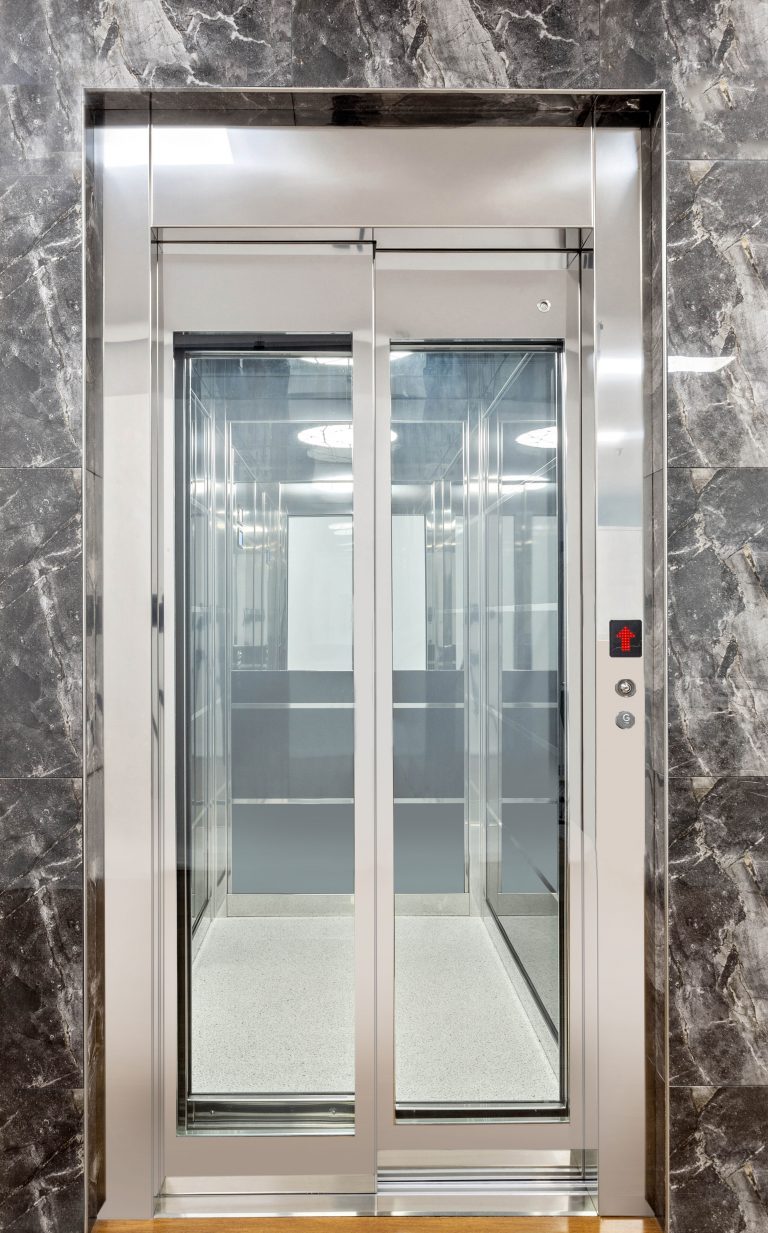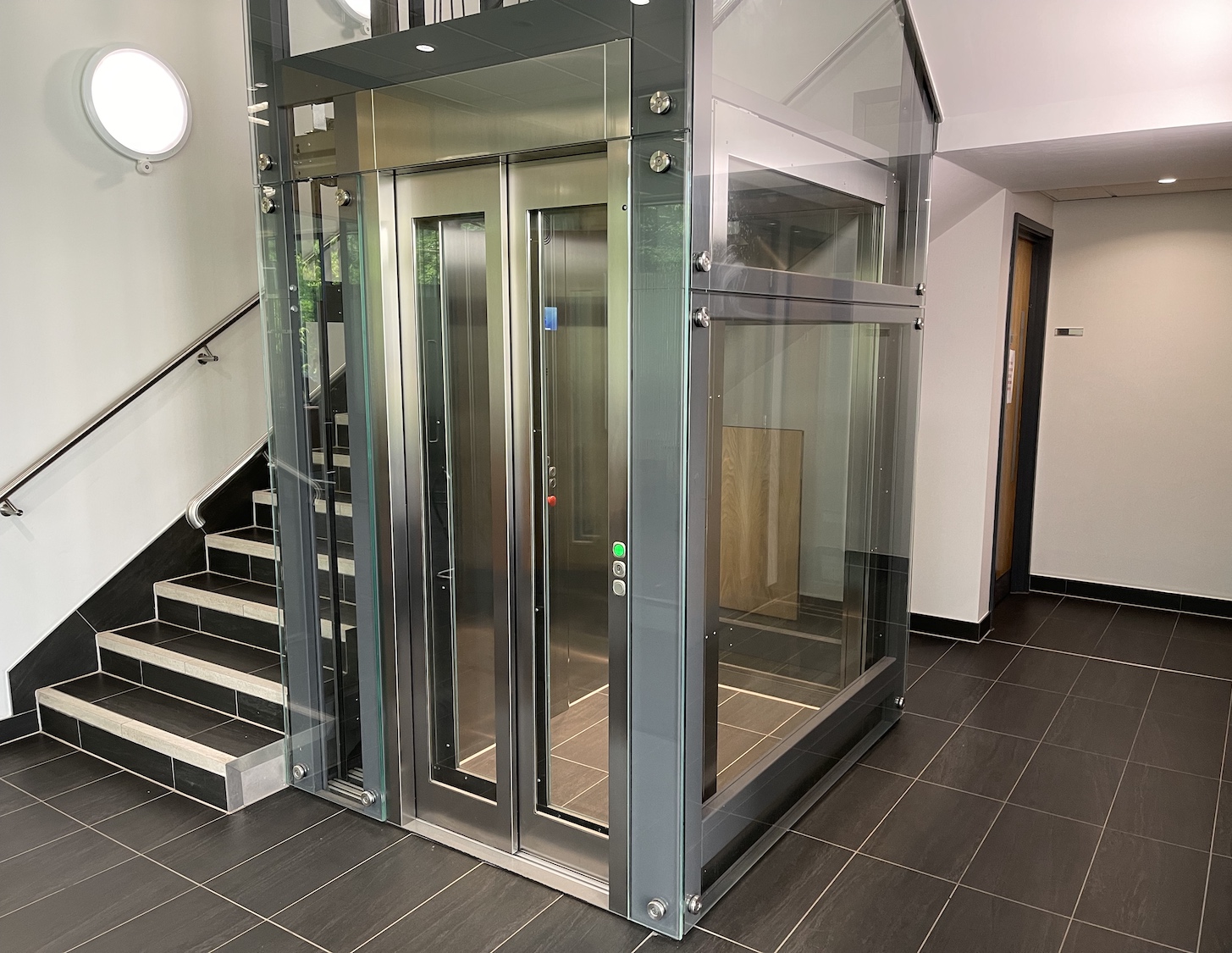Deciphering the Intricacies of Lift Technology: Troubleshooting Common Problems Across Lift Designs
From slow-moving procedure concerns to peculiar noises emanating from the machinery, repairing usual troubles across different lift models demands an eager eye for information and a methodical technique. Stay tuned as we browse via the maze of lift malfunctions, seeking remedies to the enigmatic issues that can disrupt the smooth performance of these vital apparatuses.
Identifying Slow Procedure Issues

Next, check the electric links to make sure that all elements are appropriately linked and functioning. Faulty wiring or loosened links can cause slow down operation or complete breakdown of the lift system. In addition, it is vital to evaluate the control system to identify if the problem depends on the shows or sensing units.
If the visual evaluation and electric checks do not disclose the root cause of the slow-moving operation, further analysis tests may be essential. These might include stress tests for hydraulic systems, voltage examinations for electric components, or running analysis software program for the control system. repair and maintenance services. By complying with a systematic strategy to fixing slow-moving procedure issues, you can successfully determine and resolve the trouble, making sure the lift operates securely and effectively
Resolving Unusual Sounds
To efficiently fix lift innovation for odd sounds, a detailed examination of the lift components following the identification of slow operation issues is vital. Odd noises in lifts can be a sign of underlying issues that require prompt attention to ensure the safety and reliability of the system.
In addition, it is important to refer to the lift producer's upkeep guidelines and seek help from certified technicians when dealing with complex lift parts or unfamiliar troubleshooting procedures. By immediately settling and attending to odd noises underlying issues, lift operators can make certain the optimal performance and safety of the lift system for guests and drivers.
Handling Faulty Control Troubles
A reliable method for addressing malfunctioning control problems in lift modern technology involves carrying out a thorough assessment of the control system's parts and functionality. When coming across issues with lift controls, it is vital to very first look for any kind of loose links, harmed electrical wiring, or malfunctioning sensing units. Confirming that all control switches, keypads, and display screens are working correctly is also necessary in detecting the trouble accurately.
If no visible problems appear, technicians ought to continue to evaluate the control board for any type of indicators of water damages, corrosion, or overheating, as these can usually bring about regulate breakdowns. Additionally, resetting the control system or updating the software might assist fix specific problems or insects causing the problem.

Taking On Hydraulic System Malfunctions
The performance of hydraulic systems in lifts counts greatly on the appropriate performance of various elements within the system. When hydraulic systems breakdown in lifts, it can lead to operational disturbances and safety worries. One usual issue is hydraulic fluid leak, which can take place due to worn-out seals, loosened links, or harmed cylinders. To tackle this trouble, service technicians ought to perform a comprehensive assessment to recognize the resource of the leak and replace any kind of defective parts promptly.
An additional frequent hydraulic system breakdown is a loss of pressure, which can result from air entering the system, fluid contamination, or pump ineffectiveness. Technicians can resolve this by hemorrhaging the system to get rid of air, changing infected liquid, or servicing the pump as required. Furthermore, abnormalities in hydraulic fluid visit their website degrees or unusual sounds during lift operation may indicate underlying system breakdowns that require immediate attention to stop further damages. Normal upkeep and timely troubleshooting of hydraulic system problems are critical to ensuring the secure and reliable operation of find out this here lift technology.
Handling Electric Element Failures
Resolving electrical element failures in lift innovation requires an organized technique to diagnosing and settling issues to keep operational capability and safety and security standards. When coming across electrical problems in lift systems, it is critical to first carry out a comprehensive examination of the electrical parts, including control board, wiring, sensing units, and circuit boards. Any type of indicators of damage, rust, loosened links, or burnt aspects need to be meticulously noted and attended to promptly to stop more issues.
In the case of electrical element failings, it is important to comply with supplier standards for troubleshooting and repair work treatments. This may involve checking the parts making use of multimeters, oscilloscopes, or other diagnostic devices to pinpoint the exact source of the malfunction. Furthermore, having a thorough understanding of the lift's electric schematics and electrical wiring diagrams can aid in identifying and rectifying issues efficiently.
Routine maintenance and inspection timetables can help protect against electrical failings by discovering potential problems at an early stage. Proper training for lift technicians on electrical systems and components is also important to guarantee accurate diagnosis and effective resolution of electrical troubles, inevitably adding to More Info the total safety and security and dependability of lift procedures.
Final Thought
To conclude, troubleshooting lift technology requires an organized strategy to recognize and attend to typical issues such as slow procedure, unusual noises, faulty controls, hydraulic system breakdowns, and electric component failures. By understanding the complexities of lift innovation and adhering to appropriate troubleshooting actions, service technicians can successfully solve problems and ensure the efficient and secure procedure of lifts across various versions.
To successfully troubleshoot lift modern technology for unusual noises, an extensive examination of the lift parts complying with the identification of sluggish operation concerns is necessary. Unusual sounds in lifts can be a sign of underlying problems that call for prompt attention to ensure the safety and security and dependability of the system.A reliable method for addressing malfunctioning control problems in lift modern technology includes performing a detailed analysis of the control system's components and capability.The effectiveness of hydraulic systems in lifts relies heavily on the appropriate functioning of various components within the system. repair and maintenance services. When coming across electrical issues in lift systems, it is crucial to very first perform a comprehensive examination of the electrical elements, consisting of control panels, wiring, sensors, and circuit boards
Comments on “Discover Reputable Lift Repair Near Me for Rapid and Affordable Solution”